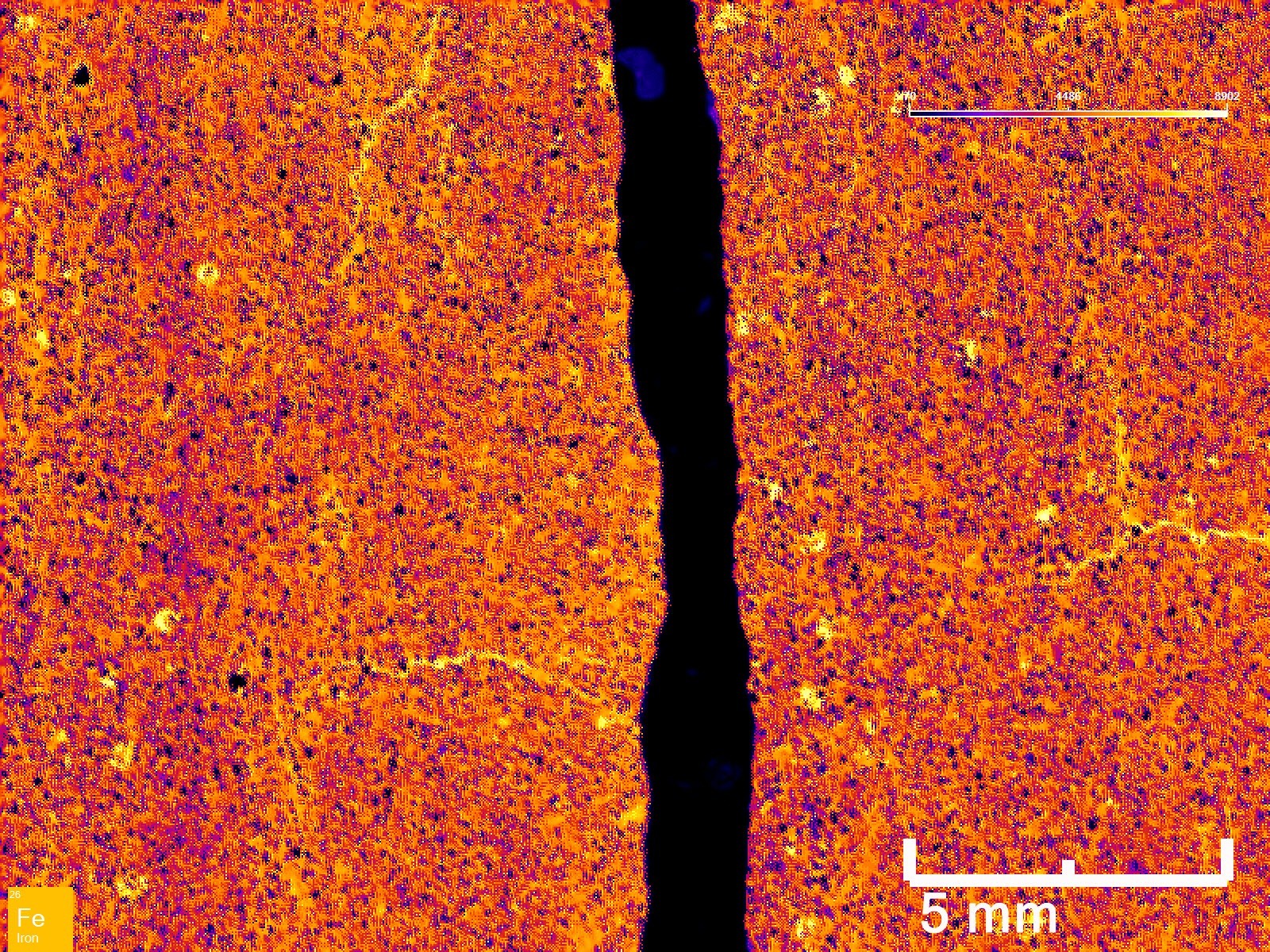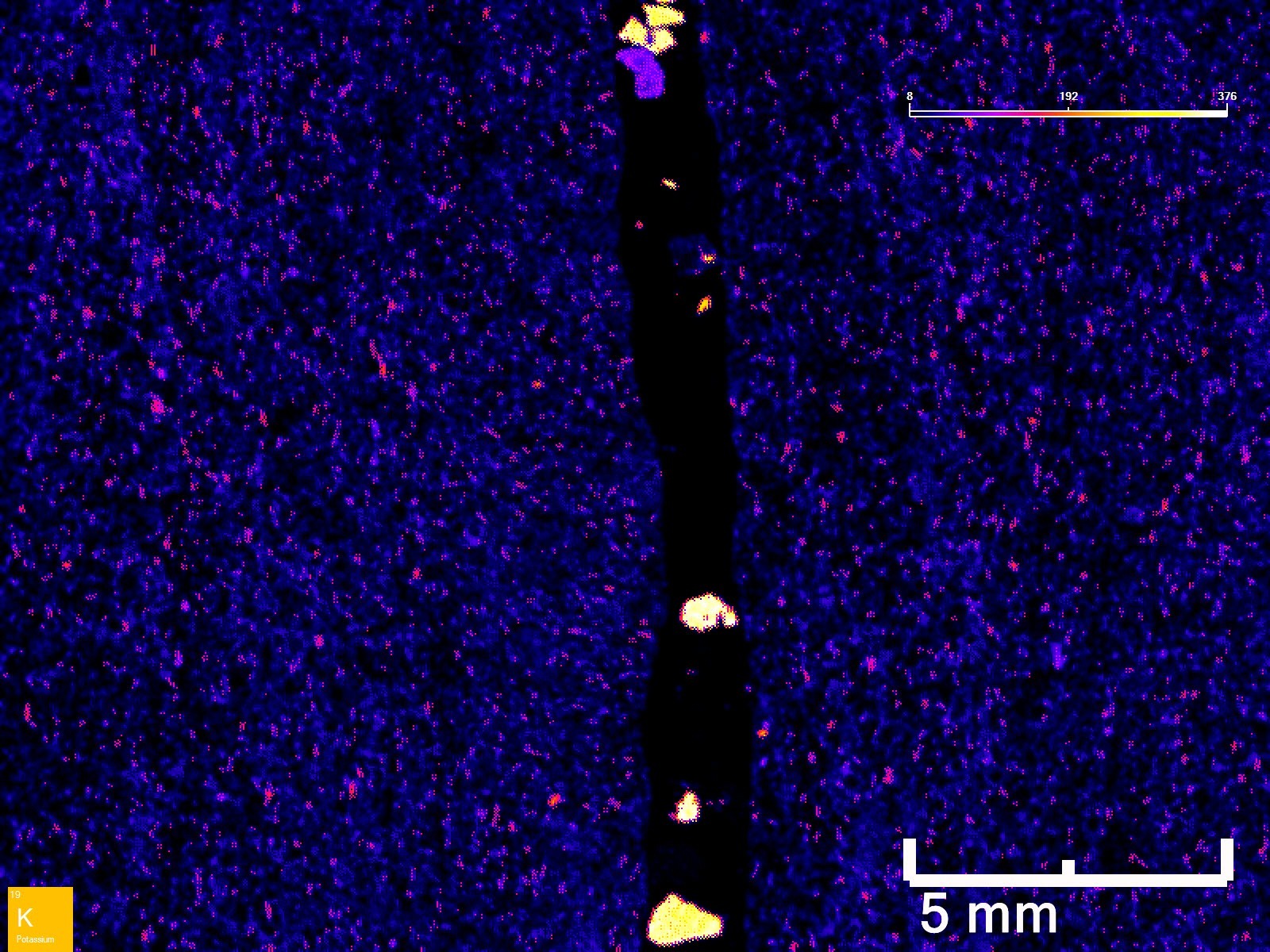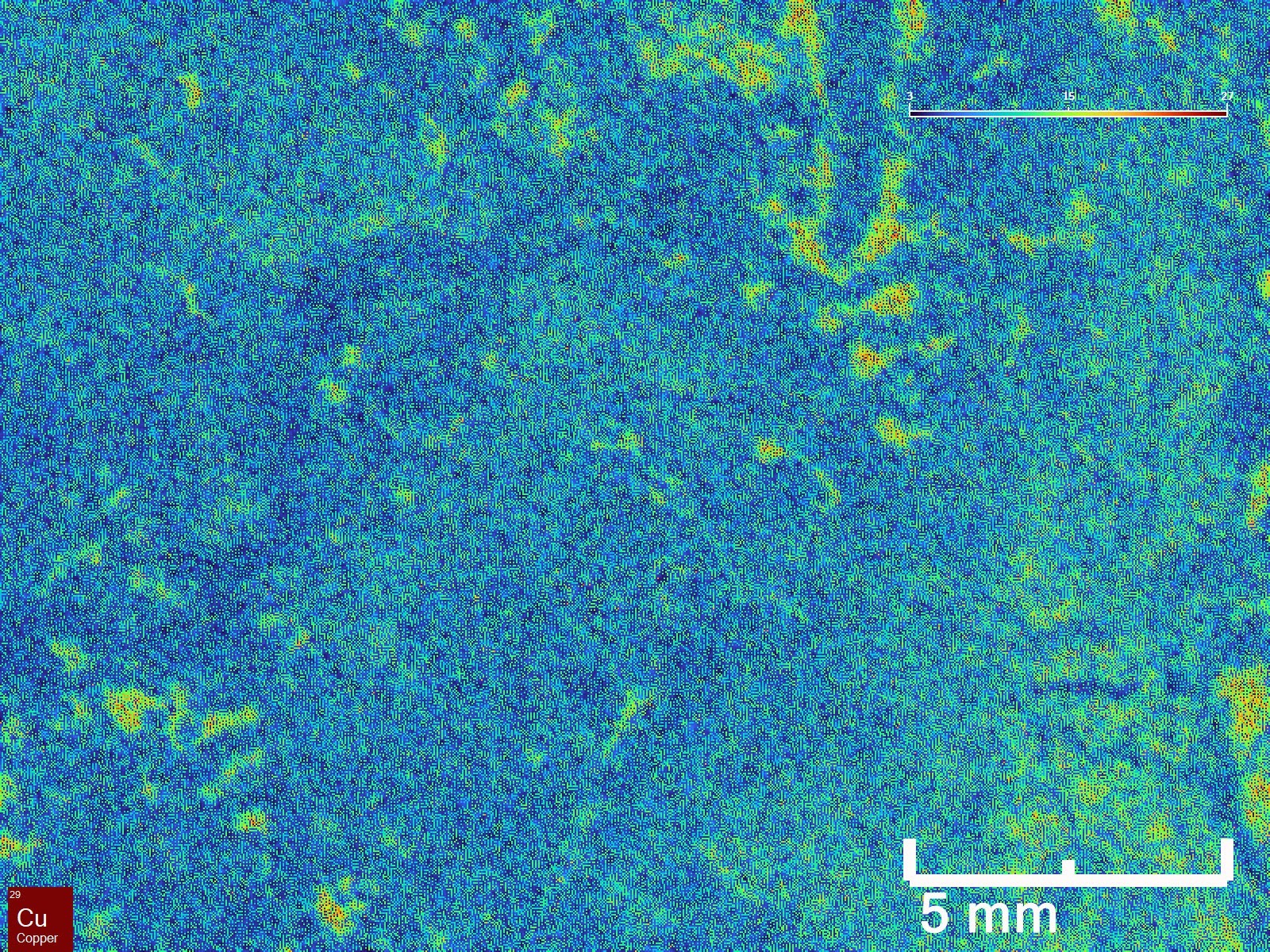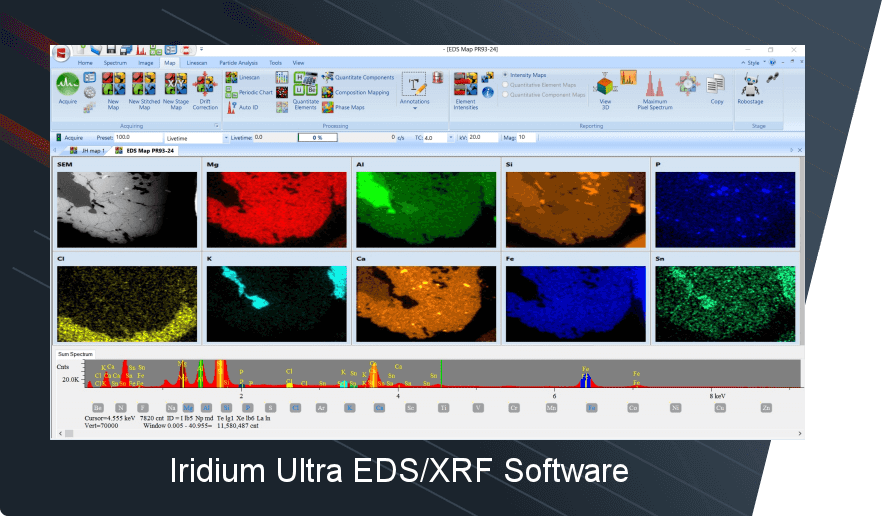Nutrient availability in soil is a foundational aspect of agricultural science, directly affecting plant growth and crop yield. Various factors, including soil pH, texture, organic matter content, and specific soil structures such as iron and manganese concretions, influence it. These concretions, while sometimes overlooked, can significantly influence the availability of nutrients like phosphorus and potassium, which are vital for plant health.
Understanding Plinthite and Organic Concretions
Plinthite concretions are typically harder and more impervious, often forming in wet-dry cycles, which can lead to the sequestration of nutrients. In contrast, organic concretions, while also formed under fluctuating conditions, may interact more dynamically with soil biota and organic matter, potentially making nutrients more accessible. This distinction is crucial for agricultural management and the application of amendments to improve soil fertility.
Understanding Concentration Composition
Micro X-ray fluorescence (microXRF) technology from IXRF Systems offers a non-destructive method to analyze the elemental composition of these concretions in detail. By providing elemental maps, microXRF allows researchers to quantify the presence of essential nutrients and trace elements within the concretions, giving insights into their role in nutrient cycling.
Differences in Concretion Impact on Nutrient Availability
The research at the Beltsville Agricultural Research Center employs microXRF to distinguish between different types of concretions. Plinthite concretions, often found in the chisel till systems, are dense and can potentially lock away nutrients like phosphorus and potassium, making them less available to plants. On the other hand, the manganese-rich concretions in organic systems may have a finer texture, which could influence their interaction with soil nutrients differently.
MicroXRF: A Robust Tool for Soil Analysis
Upon analyzing soil samples from the Farming Systems Project, microXRF technology not only preserves the concretions’ structural integrity but also exposes the subtle variations in nutrient content across different farming practices. While this analysis utilized a 25 μm spot and pixel size to identify elemental distributions precisely, the technology also can utilize a smaller X-ray spot size, down to 5 microns, when higher spatial resolution is required for more detailed investigation.
Figure 1: Fire scale MicroXRF maps of chisel till plot concretions, showcasing intricate elemental distributions of iron, manganese, copper, silicon, potassium, and nickel. These maps were obtained using a 25 μm spot and pixel size.
Key Findings and Their Implications
The study has found that while these concretions contain minimal carbon and nitrogen, they are rich in phosphorus and potassium, essential for plant growth. Some manganese concretions also show elevated levels of copper and calcium, indicating a possible influence on soil fertility and plant nutrition.
Future Directions
Further research is poised to examine the abundance and effects of these concretions in different soil types and regions, broadening our understanding of their role in elemental cycling and soil health.
Figure 2: Thermal scale microXRF maps of organic 3-year rotation iron/manganese concretions, showcasing intricate elemental distributions of iron, manganese, copper, silicon, potassium, and nickel. These maps were obtained using a 25 μm spot and pixel size.
Conclusion
Integrating microXRF technology into soil research has opened new avenues for understanding the intricate relationships between soil components and nutrients. IXRF Systems remains committed to advancing this field of study, providing researchers with the tools to unravel the mysteries of iron and manganese concretions and their role in nutrient cycling. As we continue to explore these unseen aspects of soil, we move closer to unlocking the secrets of optimal soil health and crop productivity.
Special Acknowledgements
We extend our heartfelt gratitude to Matthew Fischel, Jude Maul, and Michel Cavigelli from the USDA-ARS Beltsville, MD, for allowing us to contribute to this research. Their expertise, dedication, and collaborative spirit have been instrumental in advancing our understanding of iron and manganese concretions and their role in nutrient cycling. We are truly grateful for their support and look forward to continued collaboration in the future.
Take the Next Step in Soil Analysis
Don’t let the complexities of soil concretions remain a mystery. Enhance your research, achieve exceptional results, and contribute to a sustainable future with microXRF technology from IXRF Systems.
- Discover: Learn how microXRF can provide detailed insights into the composition and structure of soil concretions.
- Analyze: Explore the potential of non-destructive analysis, preserving the integrity of your samples.
- Enhance: Improve your research outcomes with precise elemental mapping and quantification.
Your research deserves the best tools. Reach out to IXRF Systems now and ensure that your studies stand out with the precision and clarity that microXRF can provide. Let’s work together to unravel the mysteries of soil health and pave the way for sustainable, informed agriculture.














